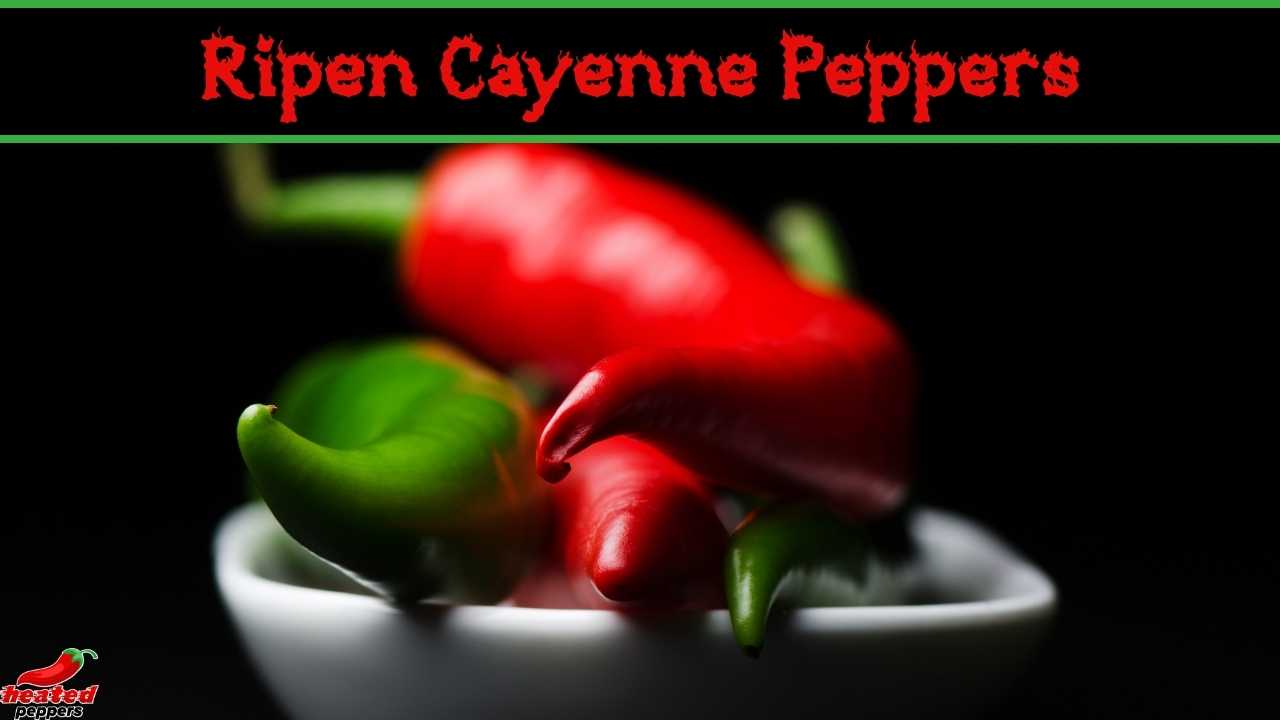Cayenne pepper is a popular spice that adds heat and flavor to a variety of dishes. However, for those with digestive issues, it’s important to know whether or not cayenne pepper is low FODMAP.
In this article, we’ll explore what cayenne pepper is, what FODMAPs are, and what the research says about cayenne pepper and FODMAPs.

Table of Contents
What is a Low FODMAP Diet | Understanding FODMAPs
The Low FODMAP Diet is a dietary approach designed to manage symptoms of irritable bowel syndrome (IBS) and other functional gastrointestinal disorders (FGIDs).
FODMAPs are fermentable carbohydrates that can be difficult to digest and may lead to symptoms such as bloating, gas, abdominal pain, and diarrhea in people with IBS and FGIDs.
The Low FODMAP Diet involves restricting foods that are high in FODMAPs for a period of time, typically 2-6 weeks, and then gradually reintroducing them to identify which specific FODMAPs trigger symptoms.
The goal is to establish a personalized dietary plan that minimizes the intake of high-FODMAP foods while ensuring adequate nutrient intake and symptom relief.
Examples of high FODMAP foods that are restricted on the Low FODMAP Diet include certain fruits, vegetables, dairy products, wheat, garlic, onions, and artificial sweeteners.
Is Cayenne Pepper Low Fodmap | What the Research Says
I found two studies documenting the relationship between cayenne peppers and their classification as a low FODMAP food.
One study conducted by Monash University has found that a serving size of 28 grams, which is equivalent to an 11cm long cayenne pepper, is considered low FODMAP.
According to Fodmap friendly, they also claim the low FODMAP serving size for cayenne peppers is 28 grams, and the maximum recommended amount is 44 grams.
It’s important to note that these studies had limitations, including small sample size and a lack of diversity in the participants.
It’s also worth noting that the FODMAP content of cayenne pepper may vary depending on factors such as the ripeness of the pepper and how it is prepared.
For example, dried cayenne pepper may have a higher FODMAP content than fresh cayenne pepper.
Capsaicin vs FODMAPs
Capsaicin is the compound that gives cayenne pepper its heat. Capsaicin has been shown to have potential benefits for digestion, such as reducing inflammation and improving gut motility.
However, it can also cause irritation and discomfort in some people, especially those with a sensitive digestive system. This can lead to symptoms such as heartburn, stomach pain, and diarrhea.
Overall, while capsaicin is not a FODMAP, it can still cause digestive issues for some individuals.
Personal Anectodes
The body is very complex and everyone’s reaction to food is different. I was scrolling through Reddit and found someone claiming cayenne was a high-FODMAP food because it made him burp.
Well, I am personally pretty intolerant to spicy foods, but when I did the one-chip challenge I did get the hiccups and burped quite a bit.
I don’t think this reaction has much to do with it being a FODMAP food, I believe this reaction is due to the high amounts of capsaicin in some peppers, as well as that chip I ate.
Monash warns us about capsaicin being a potential non-FODMAP trigger for a lot of people.
How to Test if a Cayenne Reaction is Caused by FODMAP or Capsaicin?
According to Monash, consuming a pickled pepper is FODMAP-free due to the fructose being pickled out of them.
Knowing this, you can do a home test by consuming a pickled cayenne pepper and seeing if you still have symptoms like burping.
If the symptoms are still there then you know it’s something else causing it, like capsaicin. But if it’s FODMAP content alone, then you shouldn’t experience anything.
Conclusion
Cayenne pepper can be considered low FODMAP in small servings according to the study by Monash University.
However, it’s important to pay attention to your own body’s response and to consider other factors, such as capsaicin, that may be contributing to any digestive issues.
As always, it’s best to consult with a healthcare professional if you have concerns about your digestive health.
So go ahead and add a little spice to your life, but always listen to your body and eat in moderation.




